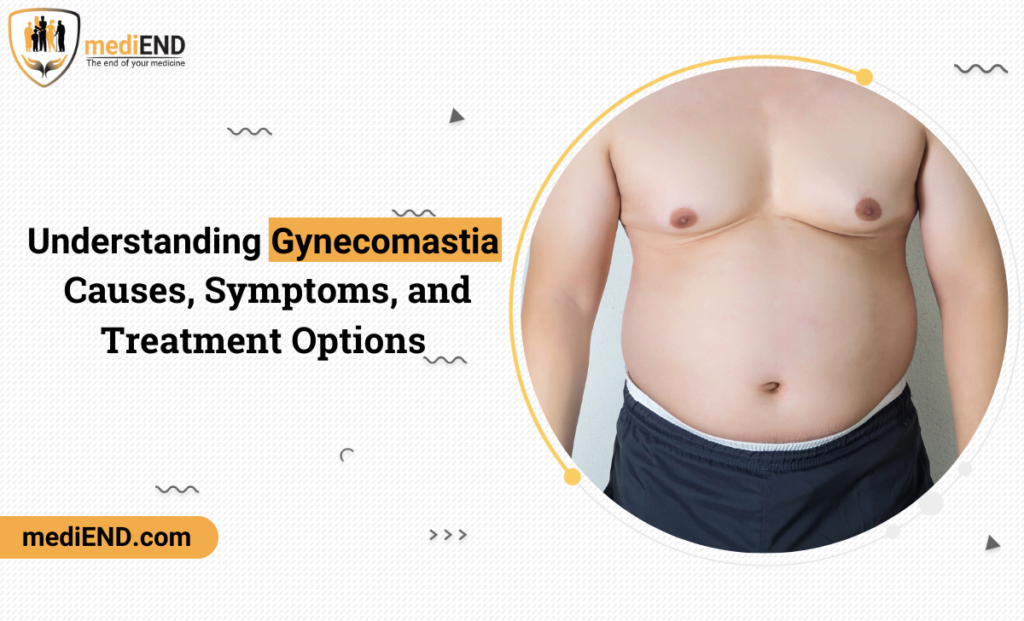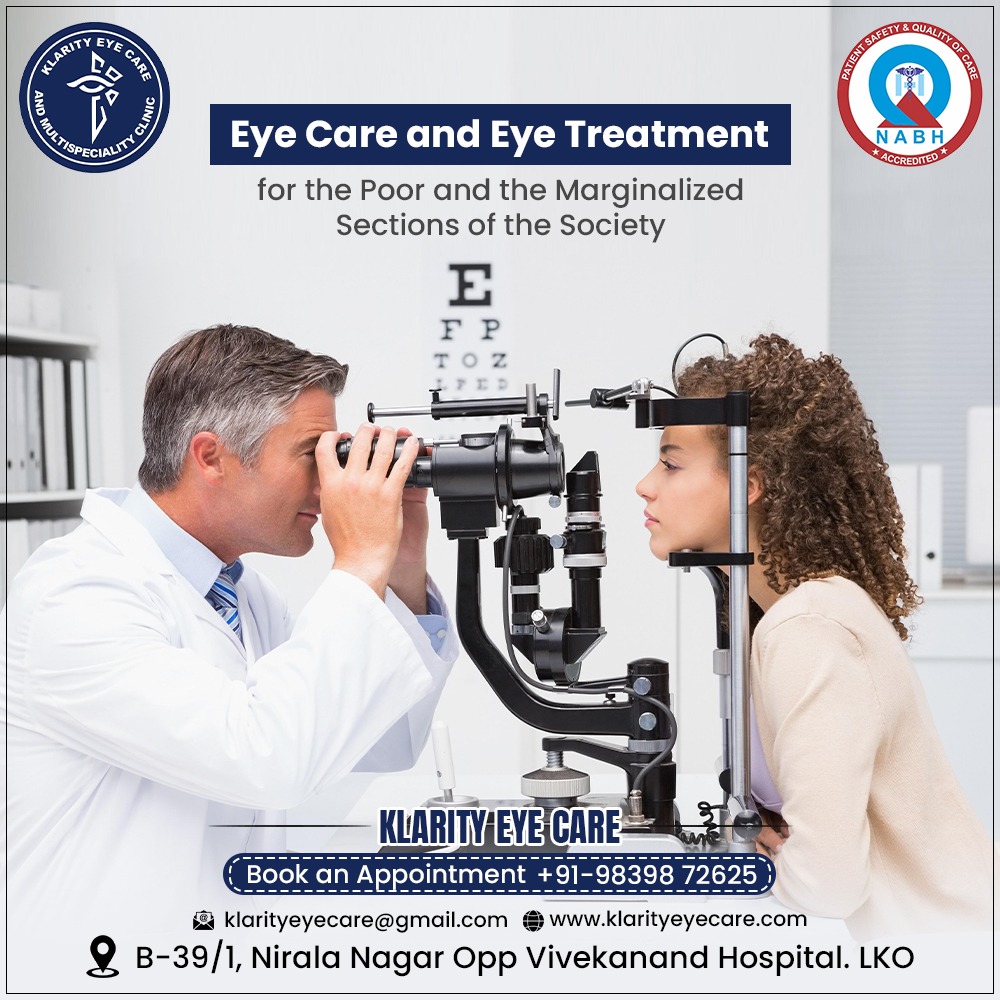
Delivering effective and comfortable dental anesthesia is a cornerstone of patient care, and the choice of anesthetic syringe plays a pivotal role in achieving this goal. With a variety of dental anesthetic syringes available on the market, selecting the right one for your practice requires an understanding of their types, features, and specific uses. This article provides a comprehensive guide to help you choose the best dental anesthetic syringe for your needs.
Types of Dental Anesthetic Syringes
Dental anesthetic syringe come in several designs, each tailored for different applications. Understanding these types will help you determine which is most suitable for your practice:
- Aspirating Syringes:
Designed with a harpoon that engages the anesthetic cartridge, aspirating syringes allow practitioners to pull back slightly on the plunger to confirm the needle is not in a blood vessel. This feature ensures safe and accurate delivery of the anesthetic.
- Non-Aspirating Syringes:
These syringes lack the harpoon mechanism and are typically used for procedures where aspiration is not required. They are simpler in design but may not offer the same level of safety.
- Pressure Syringes:
Ideal for administering anesthetic to hard-to-reach areas like the periodontal ligament, pressure syringes deliver a controlled and steady flow of anesthetic under higher pressure.
- Computer-Controlled Anesthetic Delivery (CCAD) Systems:
These advanced devices provide precision and comfort by using a computer to control the flow rate and pressure of the anesthetic delivery. They are often used in practices prioritizing patient comfort.
- Disposable Syringes:
These single-use syringes are a hygienic option for practices focused on minimizing cross-contamination and simplifying sterilization protocols.
Factors to Consider When Choosing a Dental Anesthetic Syringe
Selecting the right dental anesthetic syringe involves evaluating various factors, including safety, functionality, comfort, and cost. Here are key considerations to guide your decision:
- Safety Features:
Opt for syringes with aspirating capabilities to reduce the risk of intravascular injection. Look for designs that minimize the risk of needlestick injuries, such as retractable needles or safety shields.
- Ease of Use:
Choose a syringe that is easy to load, handle, and operate. Lightweight and ergonomically designed syringes reduce hand fatigue, particularly during lengthy procedures.
- Compatibility:
Ensure the syringe is compatible with the anesthetic cartridges and needles you use in your practice. Standardized designs often offer greater flexibility.
- Patient Comfort:
Consider syringes that allow for controlled and gradual delivery of anesthetic, minimizing patient discomfort. Computer-controlled systems are especially effective in enhancing patient experience.
- Durability and Maintenance:
Reusable syringes should be made from high-quality materials like stainless steel to ensure durability and resistance to corrosion. Evaluate how easy they are to sterilize and maintain.
- Cost-Effectiveness:
While disposable syringes may have a higher recurring cost, they can save time and labor associated with sterilization. Reusable syringes, on the other hand, are more cost-effective in the long term.
- Procedure-Specific Needs:
Match the syringe type to the procedures you perform most often. For instance, pressure syringes are ideal for localized anesthesia in periodontal treatments, while aspirating syringes are versatile for general dentistry.
Benefits of Using the Right Dental Anesthetic Syringe
Choosing the correct anesthetic syringe can improve your practice in several ways:
- Enhanced Precision:
A well-designed syringe ensures accurate delivery of anesthetic, improving the efficacy of the procedure.
- Increased Patient Comfort:
Syringes that offer controlled delivery reduce the pain and anxiety associated with injections.
- Improved Safety:
Features like aspiration and safety mechanisms protect both patients and practitioners.
- Streamlined Workflow:
Easy-to-use and reliable syringes save time and allow for a more seamless procedural flow.
Tips for Maintaining Your Dental Anesthetic Syringes
To ensure the longevity and effectiveness of reusable syringes, follow these maintenance tips:
- Regular Cleaning:
Clean syringes immediately after use to remove residue and prevent buildup. Use appropriate cleaning solutions and brushes designed for dental instruments.
- Sterilization:
Adhere to sterilization protocols recommended by the manufacturer. Autoclaving is commonly used for stainless steel syringes.
- Inspection:
Regularly inspect syringes for wear, damage, or corrosion. Replace worn-out parts, such as the harpoon or plunger, to maintain functionality.
- Lubrication:
Periodically lubricate moving parts to ensure smooth operation and prevent jamming.
- Storage:
Store syringes in a dry, clean environment to prevent contamination and damage.
Conclusion
Choosing the right dental anesthetic syringe is a crucial decision that impacts the safety, efficiency, and comfort of your dental procedures. By considering factors such as safety features, ease of use, patient comfort, and compatibility, you can select a syringe that aligns with your practice’s needs. Additionally, investing in high-quality syringes and maintaining them properly ensures their long-term performance and reliability. With the right tools at your disposal, you can provide your patients with effective and comfortable anesthesia, elevating the overall quality of care in your practice.

